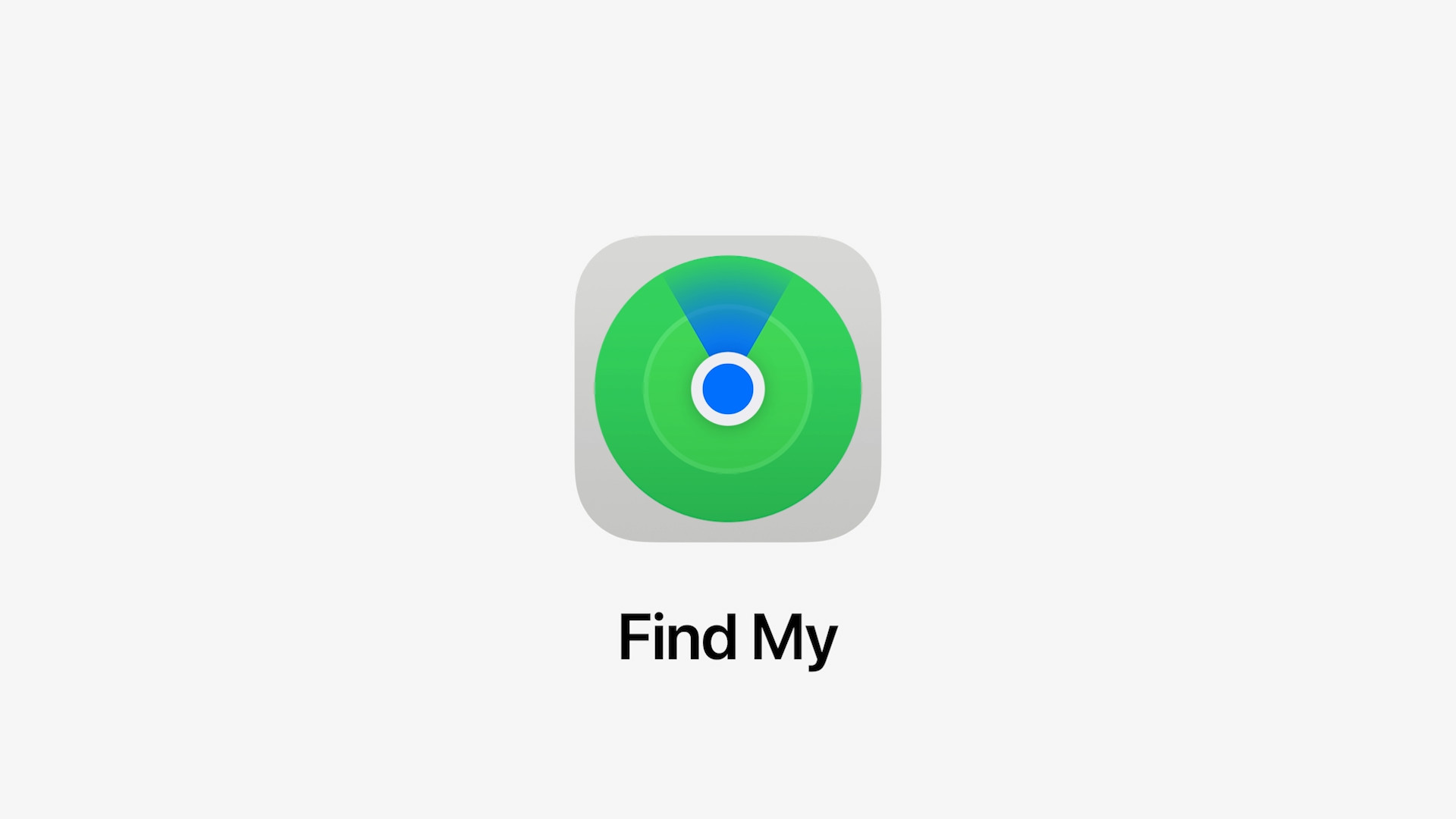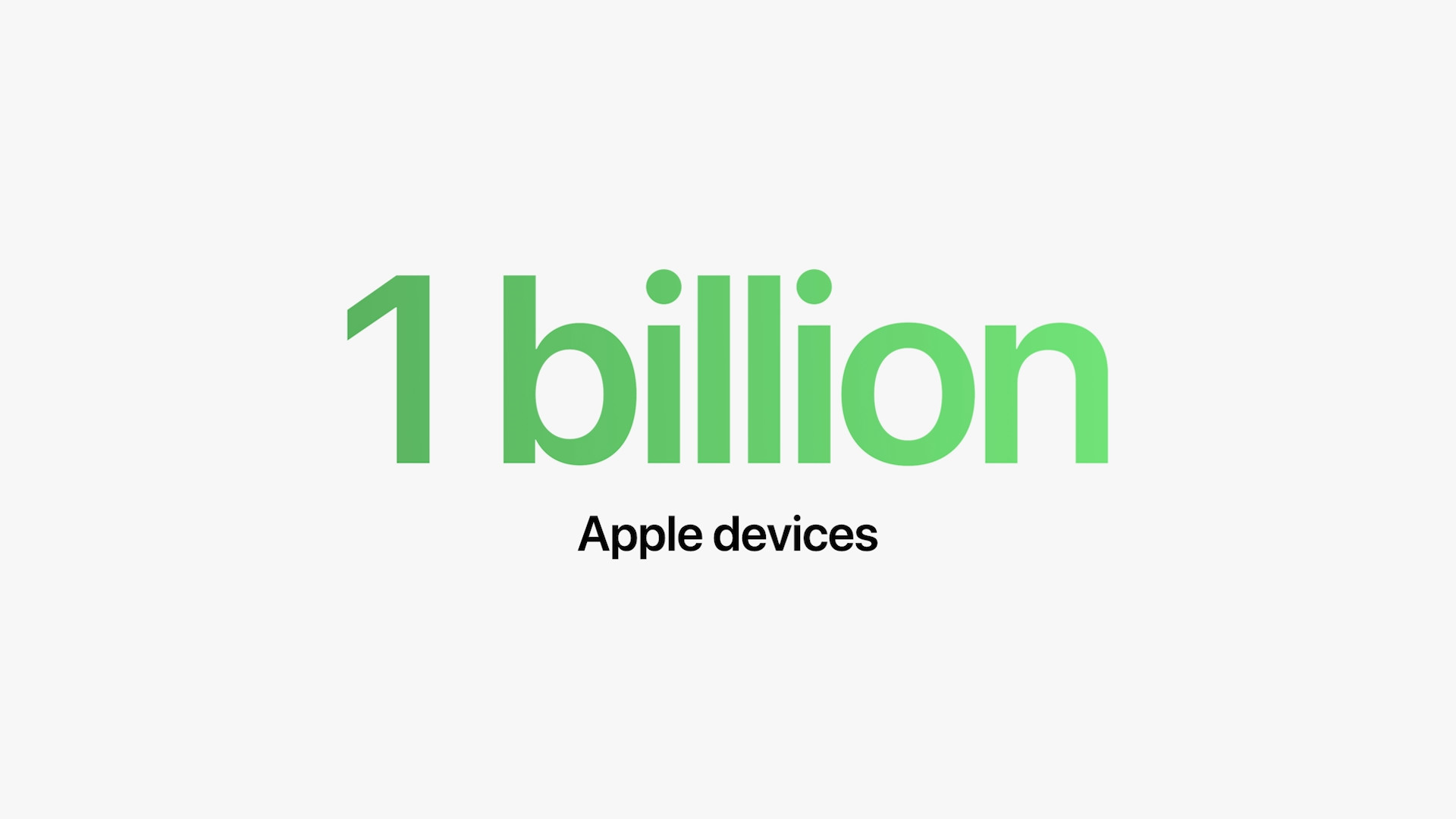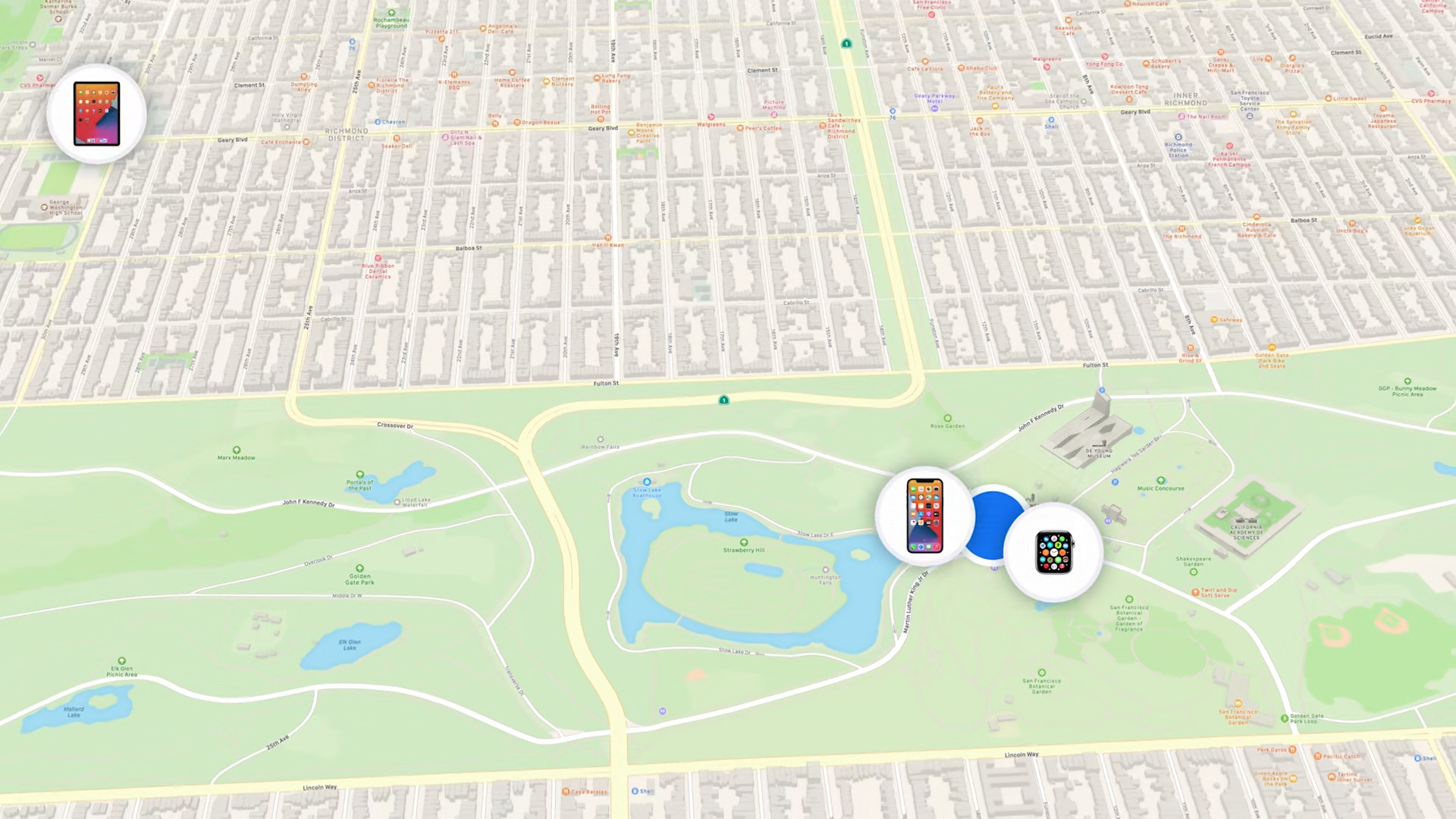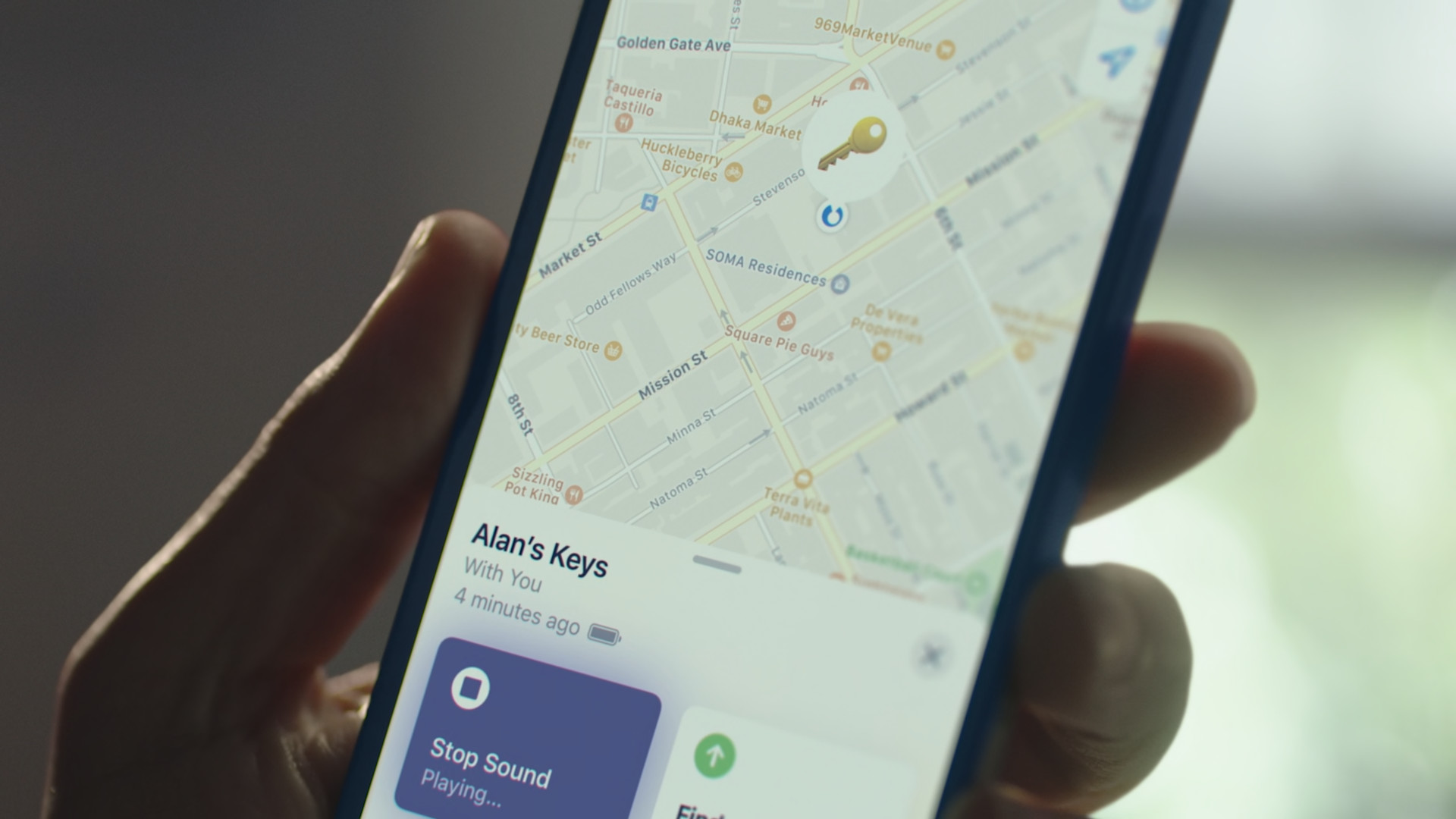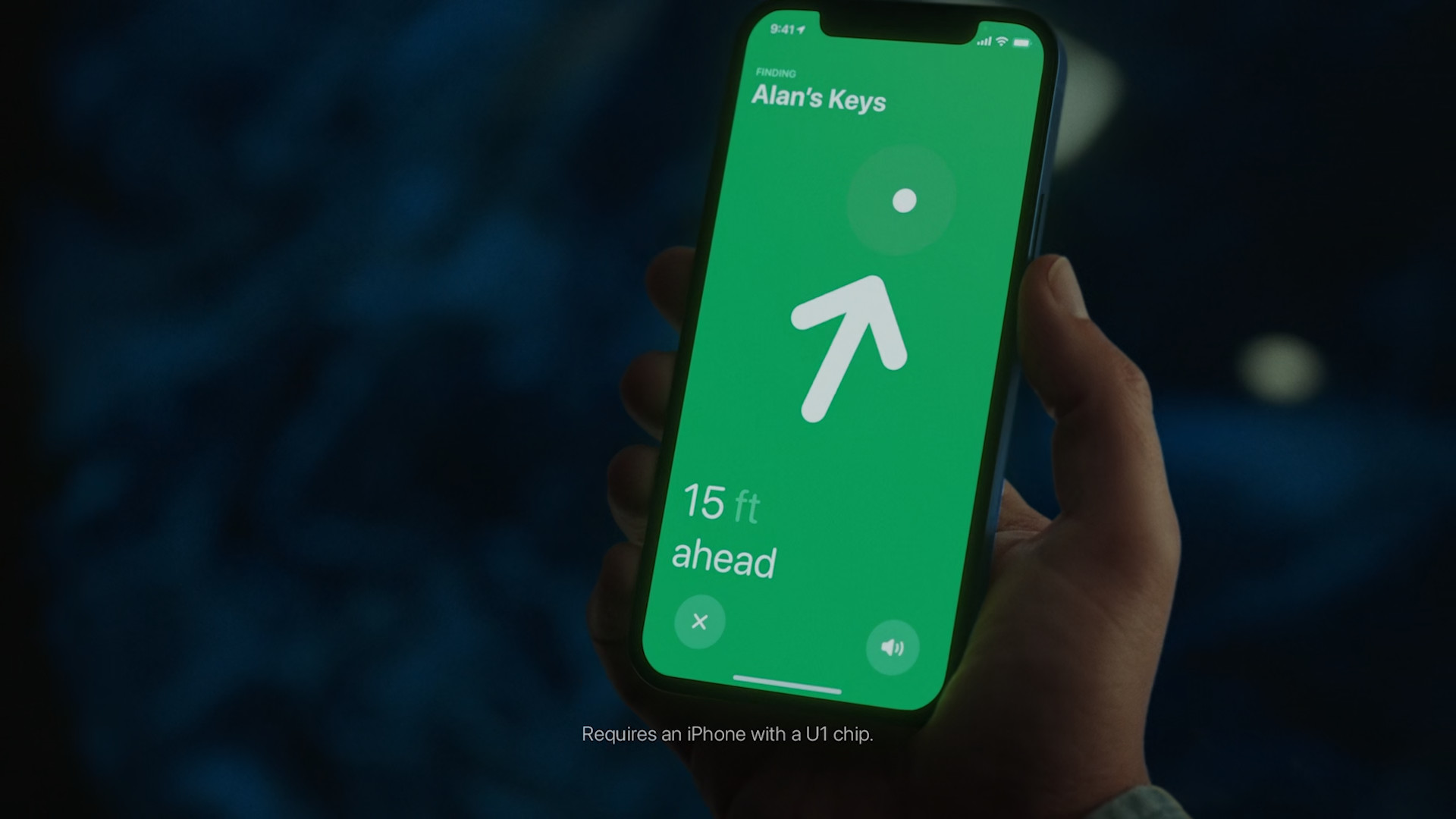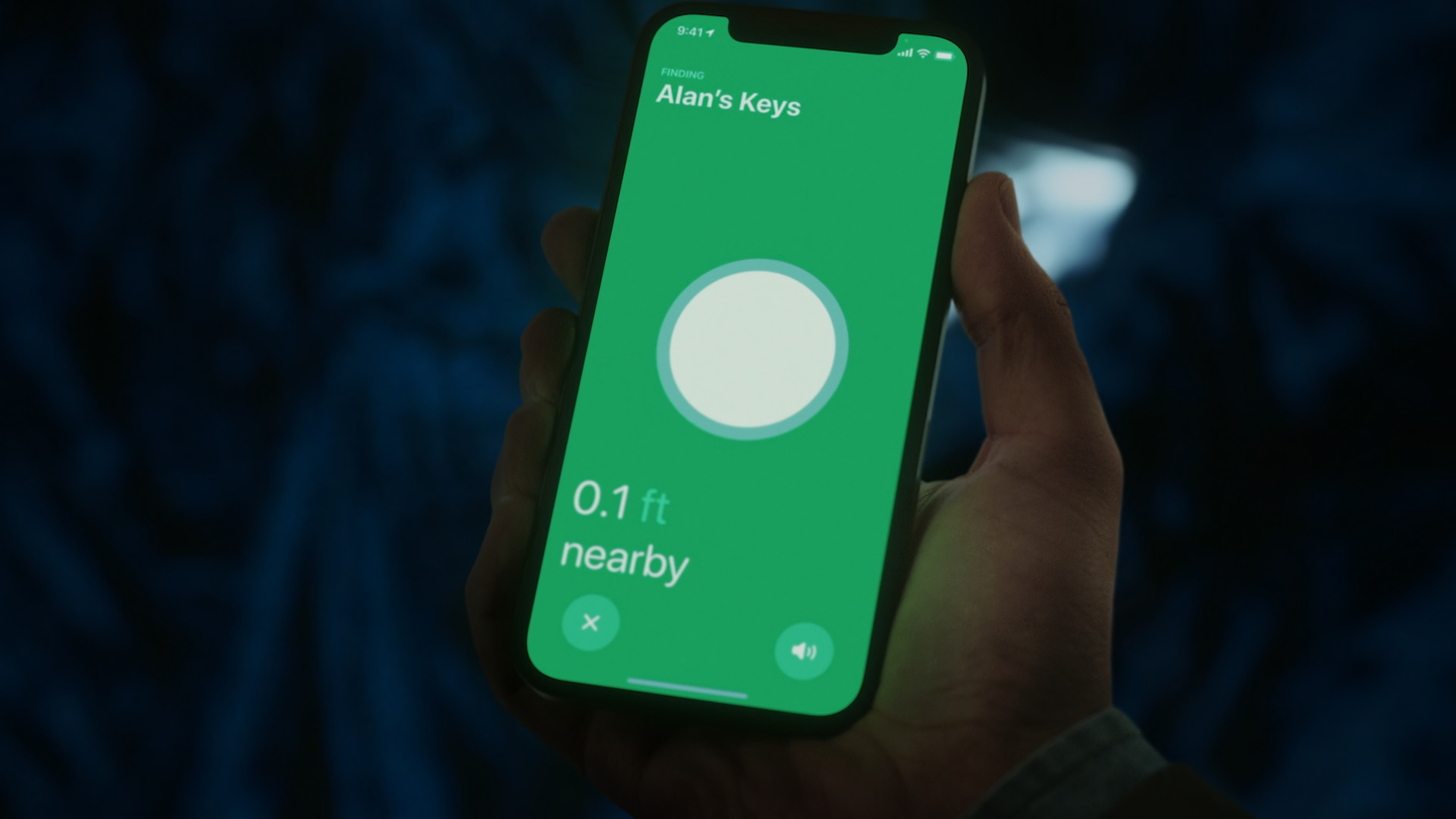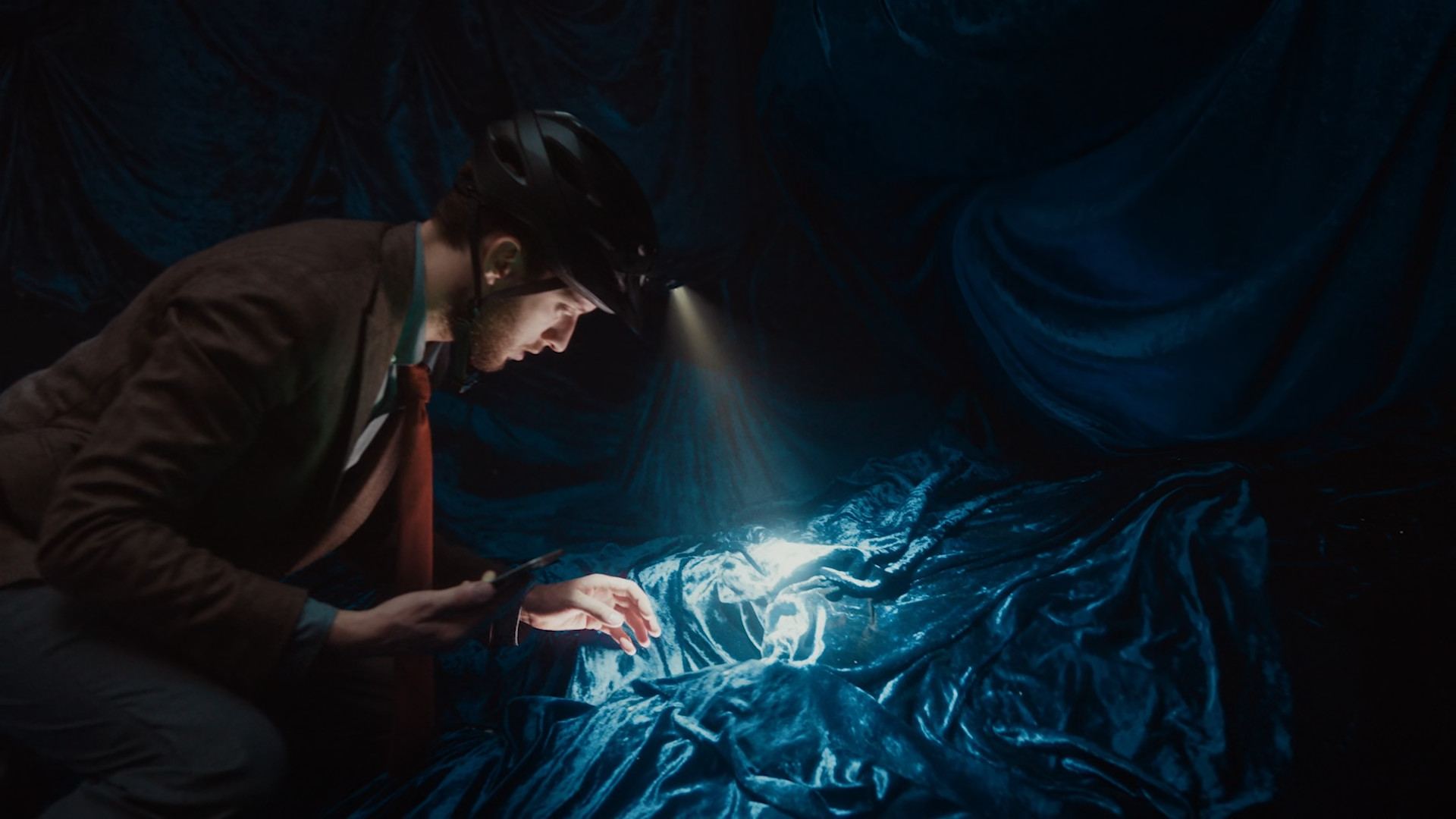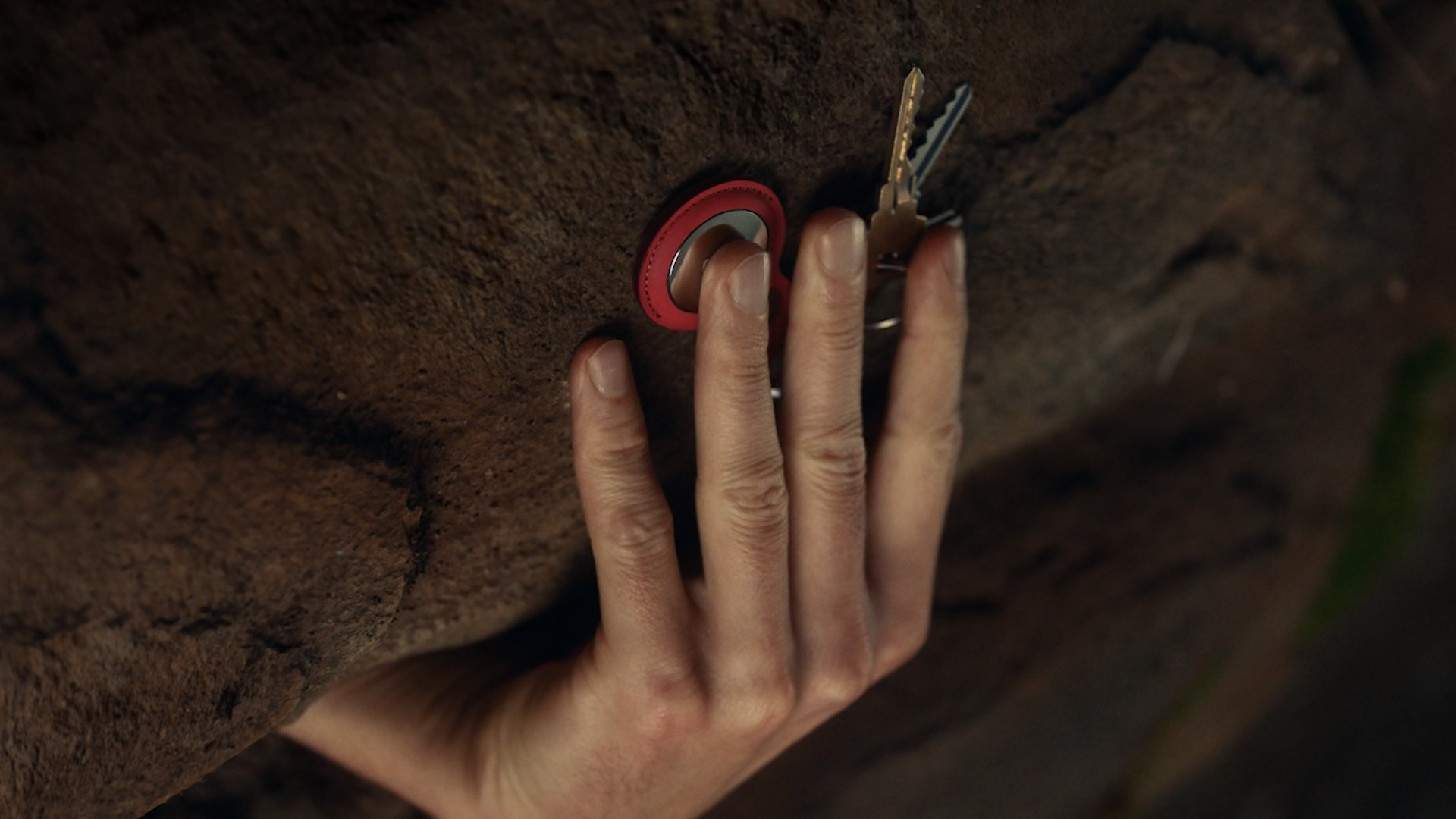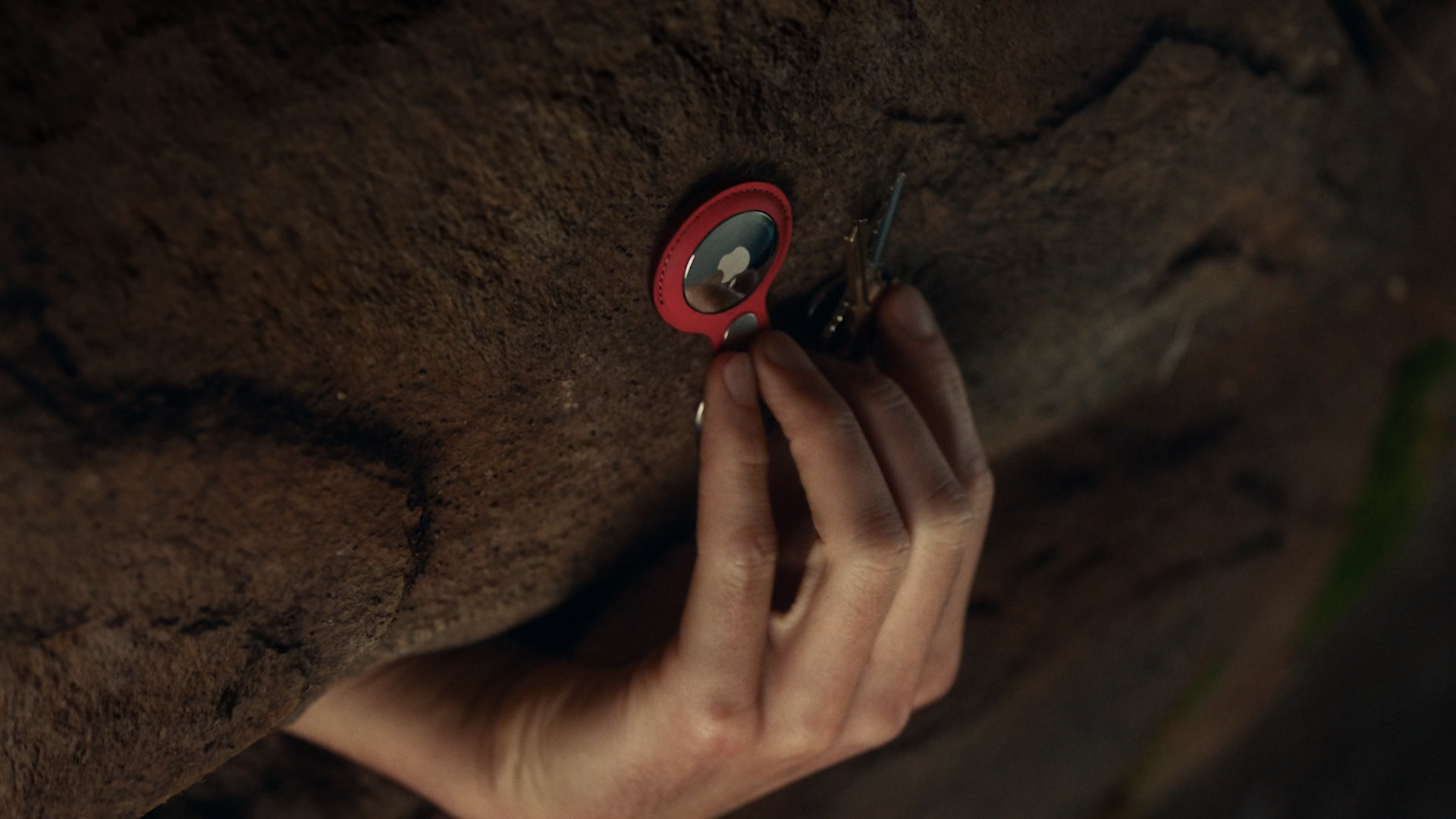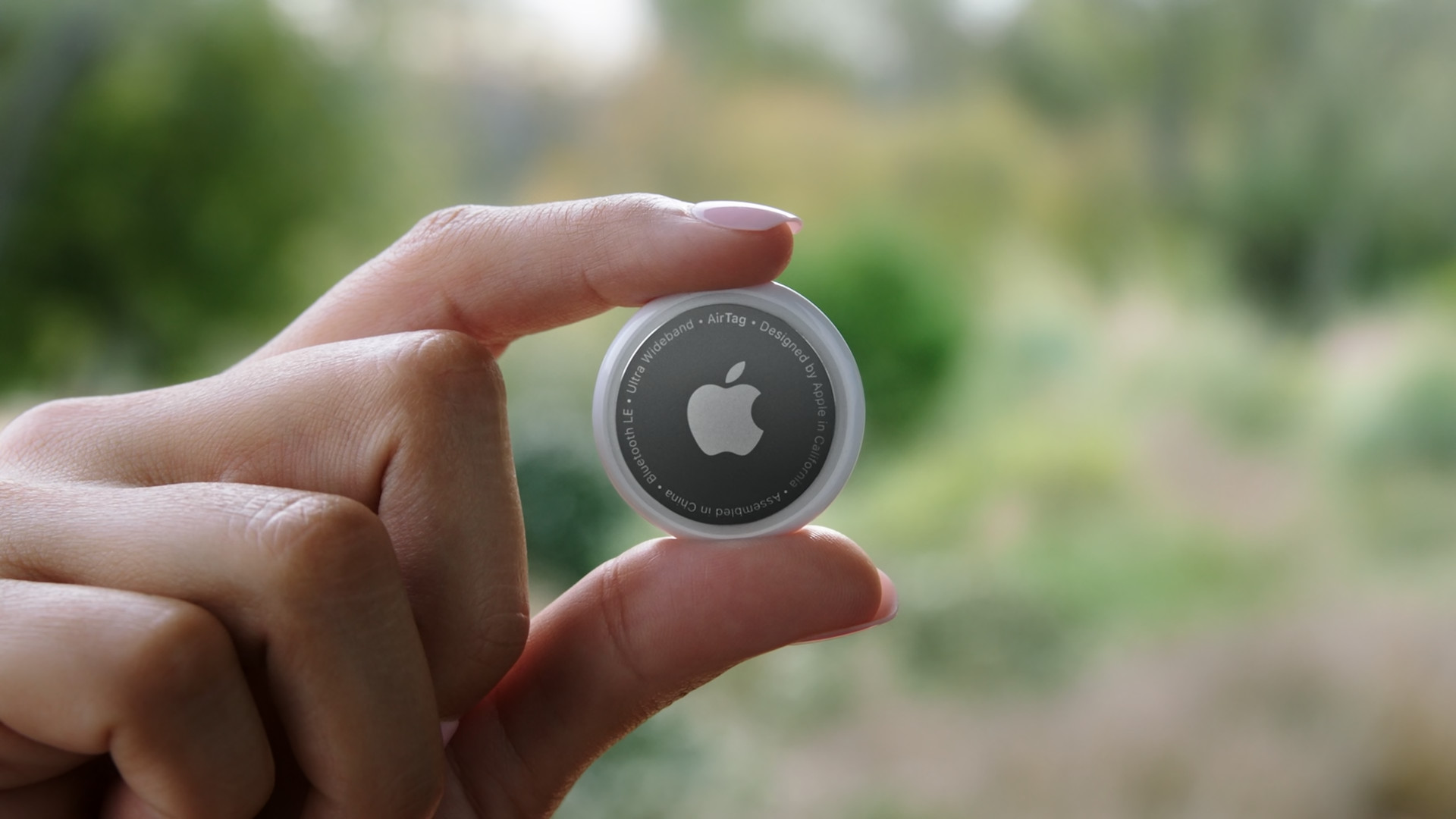The day before yesterday, after several long months of exciting waiting, Apple presented its own version AirTags tracking locators. With them, he wants to compete with well-established brands such as Tile and offer a huge "tracking ecosystem" through Apple's global network of users. The tiny AirTags contain a U1 chip to help with precise navigation to the destination. What does this U1 chip actually do?
It could be interest you

Thanks to the U1 chip in AirTags, owners of iPhones with U1 chips can use a more accurate localization function called "Precision Finding Mode". It can locate the desired device with a high degree of transferability, thanks to which precise navigation to the location of the desired AirTag appears on the iPhone display. All this, of course, through the Find application. So-called ultra-wideband chips are found both in new iPhones and in those from last year. This chip helps with spatial localization and thanks to it, it is possible to find out and reproduce the location of the desired object with much greater accuracy than that offered by the ordinary Bluetooth connection, which works by default with AirTags.
It could be interest you
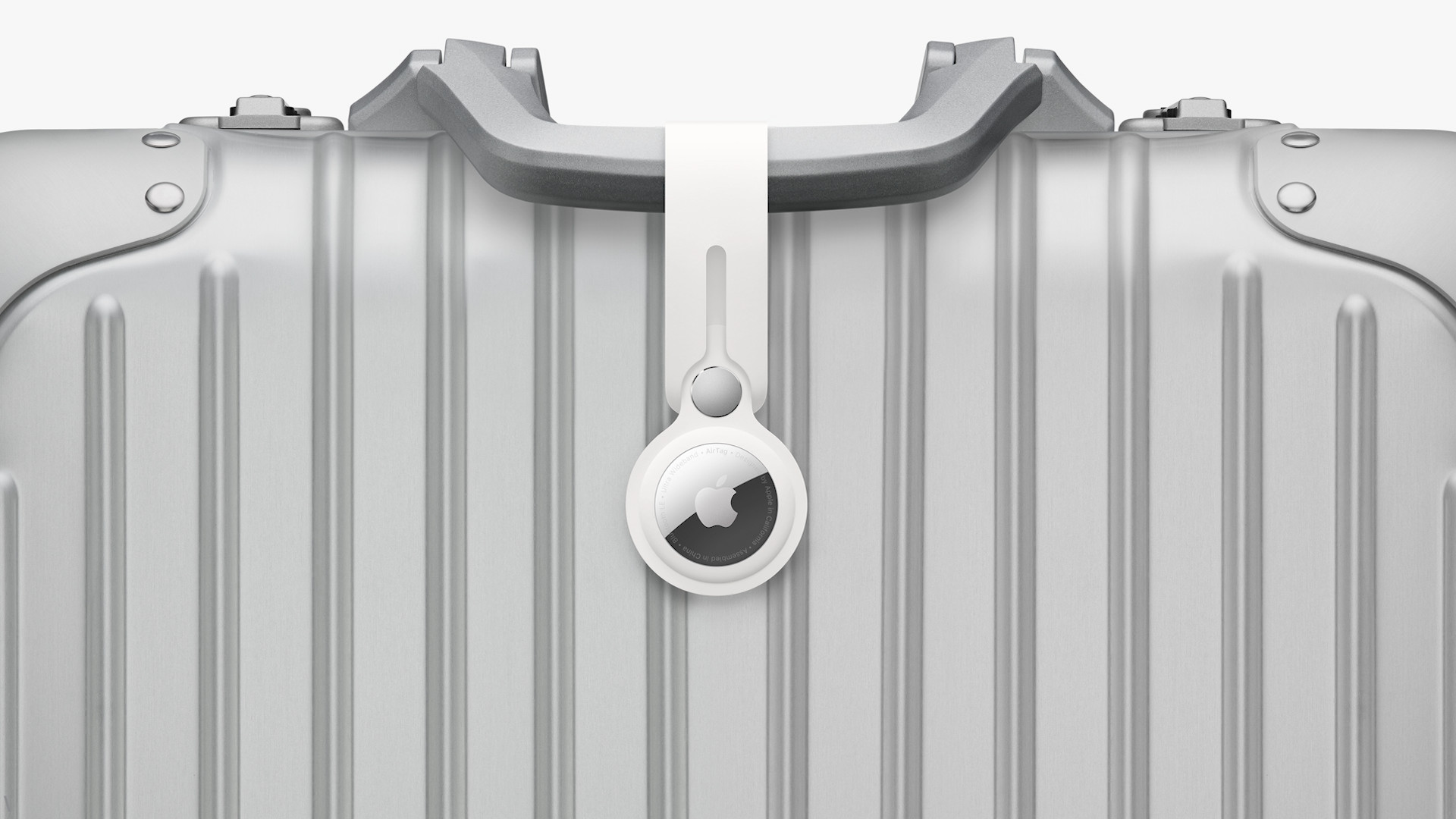
Precision Finding mode uses both spatial perception and the iPhone's built-in gyroscope and accelerometer functionality to guide iPhone owners exactly where they need to go. Both the display of the navigation pointer on the phone's display and haptic gestures indicating the correct direction and approaching the desired object help with navigation. This can be useful in cases where you put your keys, wallet or some other important thing that you have attached to the AirTag somewhere.
- You can buy Apple products, for example, at Alge, Mobile Emergency or u iStores
